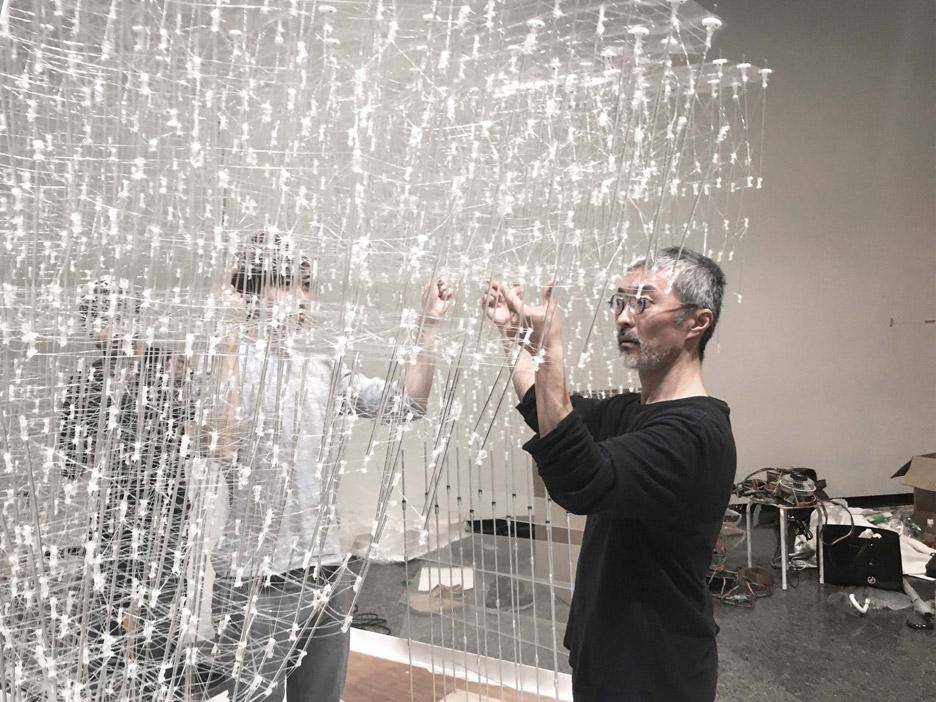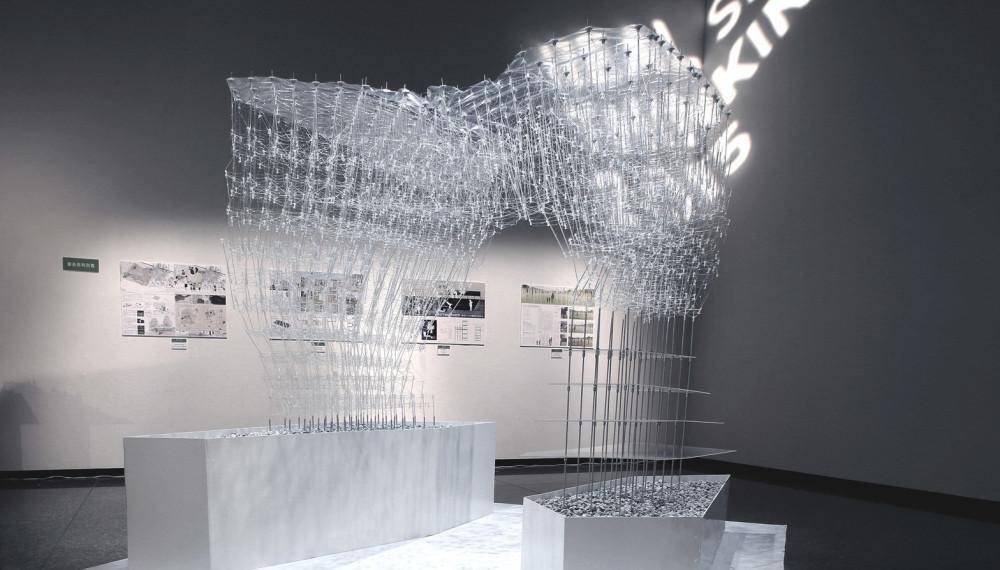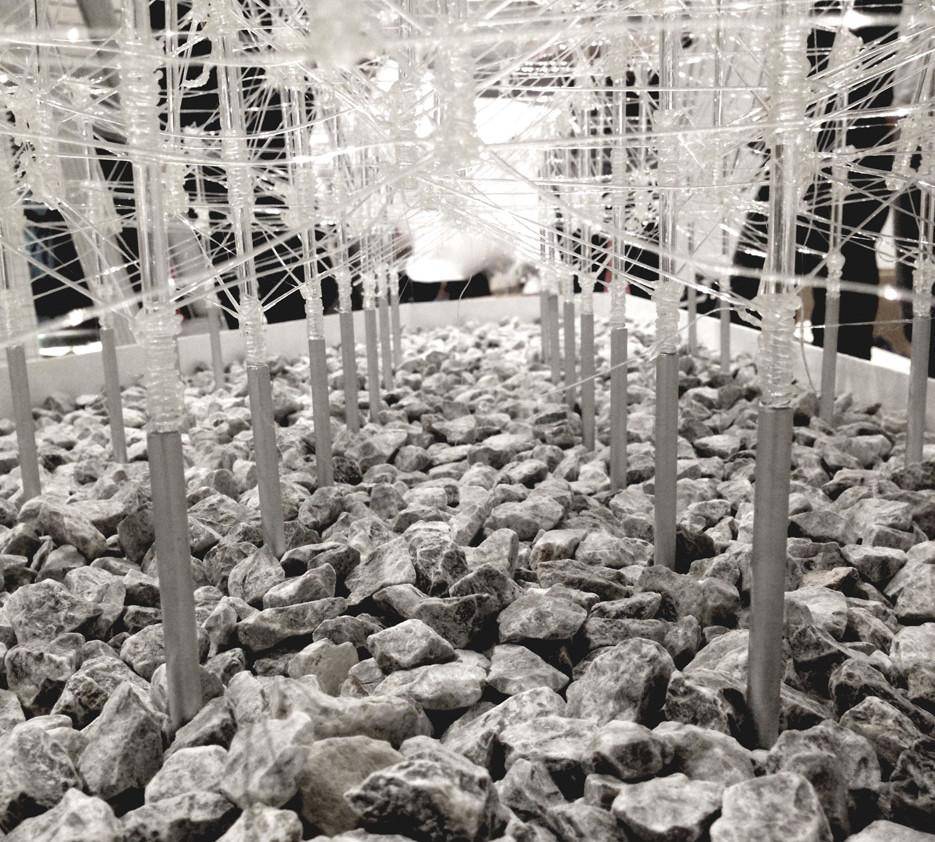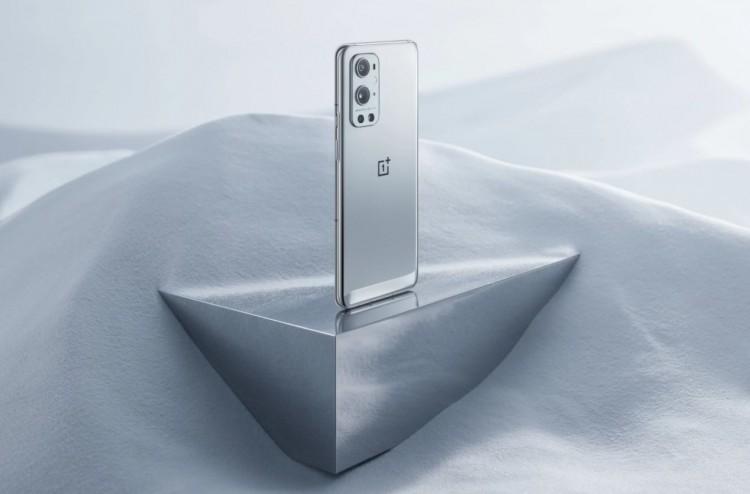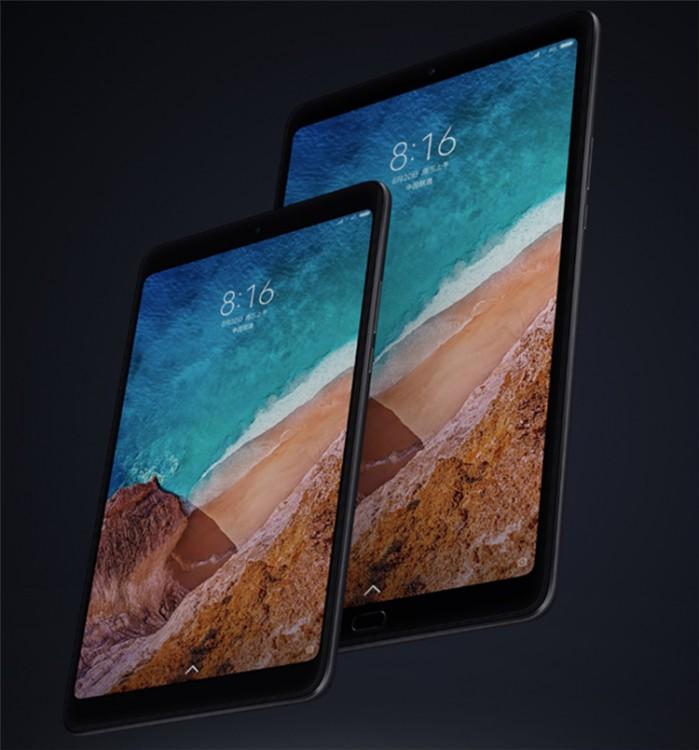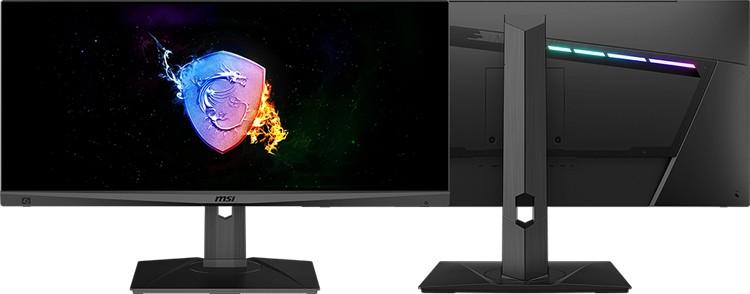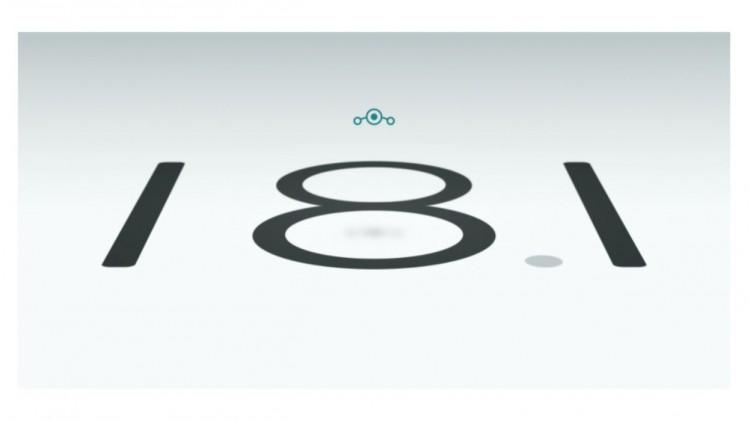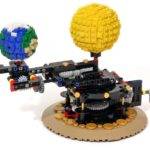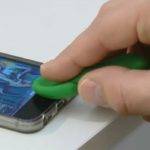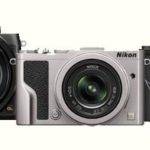
Воздушная архитектура при помощью 3D-печати
❤ 559 , Категория: Новости IT, ⚑Воздушная архитектура при помощью 3D-печати
Хотя уже имеется несколько крупномасштабных строительных 3D-принтеров, способных возводить объекты, ни один из них не способен творить по-настоящему элегантные и изящные сооружения. В основном это огромные механизмы для печати из конкретных материалов, и хотя за ними будущее, вероятнее всего, в ближайшее время не стоит ожидать от 3D-печати замысловатых масштабных архитектурных сооружений. Пока создавать элегантные изящные структуры способны только 3D-принтеры с ограниченной зоной для печати, однако студенты Токийского университета уверены, что создание поистине шедевральных объектов невозможно без участия человеческой фантазии и более портативного 3D-принтера, такого как 3D-перо.
Под руководством японского архитектора Kengo Kuma молодым студентам удалось модифицировать перьевой 3D-принтер и возвести сложное архитектурное сооружение, которое впечатляет своей кружевной конструкцией и воздушностью. Улучшенное 3D-перо производит тонкие термопластичные нити, которые объединяют стержни из акрила. Фундаментом конструкции служат уложенные внизу листы фанеры с вставленными в них алюминиевыми стержнями, на которых в дальнейшем и возводился объект. В дальнейшем основа маскируется галечными камнями, растениями или другими покрытиями. Как подчёркивают студенты, работая с 3D-пером дизайнеры самостоятельно выбирают направление нити, определяя характер конструкции, следуя за своей фантазией или идеей.
Как верно подметил один из участников дизайн-проекта Kevin Clement, технологии традиционно используются для автоматизации процесса и замены человеческого труда, но проблема это подхода кроется в исключении преимуществ человеческой интуиции и творческой реализации во время возведения объекта. Предложенный подход от инженеров Токийского университета поможет объединить растущие возможности высоких технологий и творческий подход человека.
Tokyo University Students Use Custom 3D Printing Pen to “Draw” Large 3D Structures
While there are several large-scale construction 3D printers being developed, none of them could really be called elegant or graceful. Mostly these huge machines print utilitarian shapes out in concrete materials that need to be smoothed and considerably altered. They certainly will have their uses in the future of construction, but they probably won’t be 3D printing large and beautiful architectural structures any time soon. Any 3D printers that are capable of more delicate structures tend to be limited to a specific printing envelope that are incapable of constructing large-scale architectural pieces.
However a new project being developed at the University of Tokyo is producing incredible and complex architectural structures by thinking outside of the printing envelope. Specifically, the three-dimensional structures are made literally by having no printing envelope thanks to a 3D printing pen that has been modified to work with the user to create precise and stable structures only using extruded plastic. The Tokyo students call them “large-scale hand-drawn structures” and they are made by manually connecting acrylic rods with strings of thermoplastic filament that are guided into place using a custom designed digital tracking system.Due to the temperature of the pen, the acrylic rods and the plastic filament bond together virtually instantly and can be used to create large structures that offer excellent stability. The structures remain stable thanks to the tension of the plastic filament holding the acrylic rods firmly in place. Because the plastic threads are drawn with a 3D printing pen, the user has more control over the actual fabrication process and can adjust or add to the design based on their own aesthetic desires, or if they feel that the structure needs additional stability. The process adds a level of human instinct to new, digital construction technologies that the design team believes can enhance the process.
So far the largest structure that the students have assembled is a pavilion that was constructed at the Ozone Gallery in Shinjuku, northwest Tokyo. The 3D tracking system monitored the construction in real time and guided the team member who was using the hand-held 3D printer. While it is similar to a standard 3D printing pen, the one developed by the team is considerably more advanced and closer to the type of extruder typically found on a desktop 3D printer. User interaction is vital to this 3D printing process because of the size of the constructs, which can take on some very complex and intricate shapes. The 3D printed architectural forms are only intended to be temporary installations and are not suitable long-term structures and typically last about nine months. However if there is a need the structures can be supported and enhanced by adding extra rods and filament to reinforce weak areas. The 3D printing pen technology also allows users the option of heavily modifying or converting the original constructions into entirely new shapes, allowing the same structure to have multiple uses.
Currently the team is using foundations made with aluminium rods that have been inserted into pre-drilled sheets of plywood. The acrylic rods are inserted and filament is then drawn on top of this simple base, completely disguising it. The foundations can also be hidden with plants or other ground cover, or, as was recently used in the team’s latest prototype, a bed of river stones. The team is currently exploring what the next steps are for their 3D printing process and is going to be testing the construct’s durability under various weather conditions. They are also exploring the possibility of allowing public installations to be continually modified by the visiting public to transform the original structure into something entirely new.
lement and the rest of the design team work out of the Obuchi Laboratory located at the University of Tokyo. The lab is part of the university’s Global 30 Architecture and Urbanism program that is being headed up by Japanese architect Kengo Kuma, the course director Yusuke Obuchi and the team’s tutor Toshi Kiuchi. The rest of the project group includes the Design and Project Management Team of Kevin Clement, Anders Rod, Ratnar Sam and Gilang Arenza, as well as the Fabrication Team of Chloe Ying Xu, Takahiro Osaka, Haruka Uchida, Christopher Wilkens, Kenneth Larssen Lønning, Nicky Li, Sion Asada, Takeru Kumagai, Alric Lee, Rodrigo Fortes, Saki Uchida. Are you surprised at what they have produced with this technology? Discuss in the Tokyo Students Use 3D Printing Pen forum over at 3DPB.com.
Источник: 3dprint.com
Статью нашли по запросам:- воздушная архитектура

